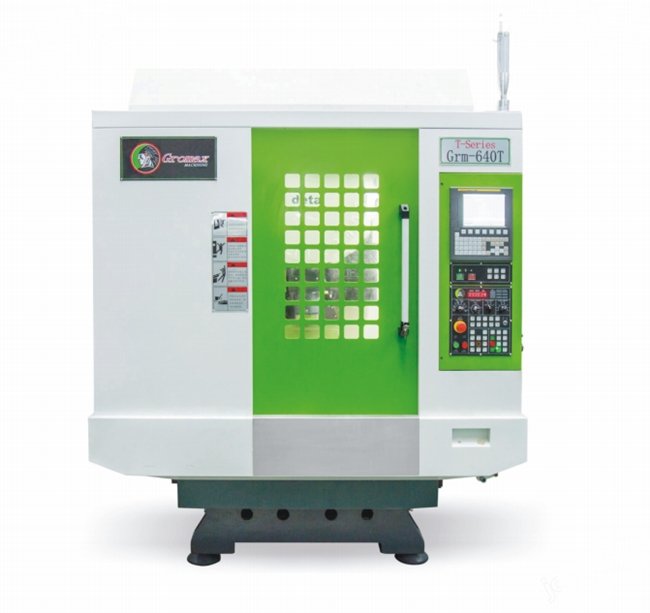Optimizing the High-Speed Drilling and Milling Machining Center: A Step-by-Step Guide
As a crucial component in modern manufacturing, the high-speed drilling and milling machining center demands precision and consistency in its operational procedures to ensure top-notch quality and efficiency. In this article, we will delve into the intricacies of operating this cutting-edge equipment, providing operators with a comprehensive guide to master the art of high-speed drilling and milling.
Pre-Operational Preparations
Before commencing operation, it is essential to ensure that the work environment is safe, clean, and devoid of any obstacles. Operators must don appropriate work clothing and safety protective gear to safeguard themselves against potential hazards. Additionally, they must undergo vocational training, obtain operating qualification certificates, and familiarize themselves with the safety operating rules and equipment-specific precautions.
Step-by-Step Operating Process
- Tool Selection and Inspection: Select the appropriate tools and lights according to the treatment requirements, and conduct a thorough inspection to ensure their integrity and adaptability. This is crucial to guarantee accurate results.
- Part Clamping: Tighten the part on the machine table to ensure it is flat and firm, preventing any relaxation or deformation during the treatment process.
- Pre-Operation Check: Before activating the equipment, inspect the electrical parts, lubrication systems, and equipment transmission mechanisms to confirm their normal functioning. Only once everything is in order can you proceed with the operation.
- Starting the Equipment: Activate the power supply, start the tooltip, and perform a test run at the reference point to verify the normalcy of each axis.
- Marking and Inspection: Use special tools to mark the midline of the hole position on the part, and conduct an inspection to ensure accuracy.
- Sample Production: Create a sample piece to serve as a reference point for precise positioning. This will facilitate the testing and debugging process.
- Programming and Testing: Enter the processing program into the computer control system, carefully checking for errors, and initiate the testing process. Continuously adjust the fool position to ensure precision in the borehole.
- Formal Processing: Once the testing is complete, proceed with the formal drilling and milling process.
- Monitoring and Observations: Closely monitor the operating status and treatment quality throughout the processing period.
- Post-Operational Procedures: After completing the treatment, turn off the tool-machine supply, clean the work area and tool surfaces, and position the part in a fixed location. Clean and maintain the tool to ensure its readiness for the next use.
Conclusion
The operating process of the high-speed drilling and milling machining center demands meticulous attention to detail and adherence to established protocols. By following this step-by-step guide, operators can ensure the quality and efficiency of their work, contributing to the success of modern manufacturing. Through continuous learning and practice, operators can hone their skills, optimizing the performance of this cutting-edge equipment.
Additional Tips and Best Practices
- Regularly Maintain the Equipment: Schedule routine maintenance to guarantee the machine’s optimal functioning and longevity.
- Utilize Advanced Technologies: Leverage advanced technologies, such as computer-aided design (CAD) and computer-aided manufacturing (CAM), to enhance precision and efficiency.
- Implement Quality Control Measures: Establish a quality control program to monitor and evaluate the treatment process, identifying areas for improvement.
- Conduct Training and Development: Provide ongoing training and professional development opportunities for operators to stay updated with the latest techniques and best practices.
Innovative Insights and Future Trends
The high-speed drilling and milling machining center is an ever-evolving technology, with new innovations and advancements continually emerging. Operators should stay informed about the latest developments, such as:
- Advanced 5-axis machining: Enhances precision and versatility, allowing for complex workpieces to be completed with increased efficiency.
- Artificial intelligence (AI) integration: Optimizes production by automatically adjusting machine settings, improving performance, and reducing errors.
- Computer vision and sensor integration: Enables real-time quality control, monitoring, and feedback, guaranteeing exceptional results.
By combining traditional expertise with cutting-edge technologies, operators can stay ahead of the curve, driving innovation and contributing to the development of modern manufacturing.



















